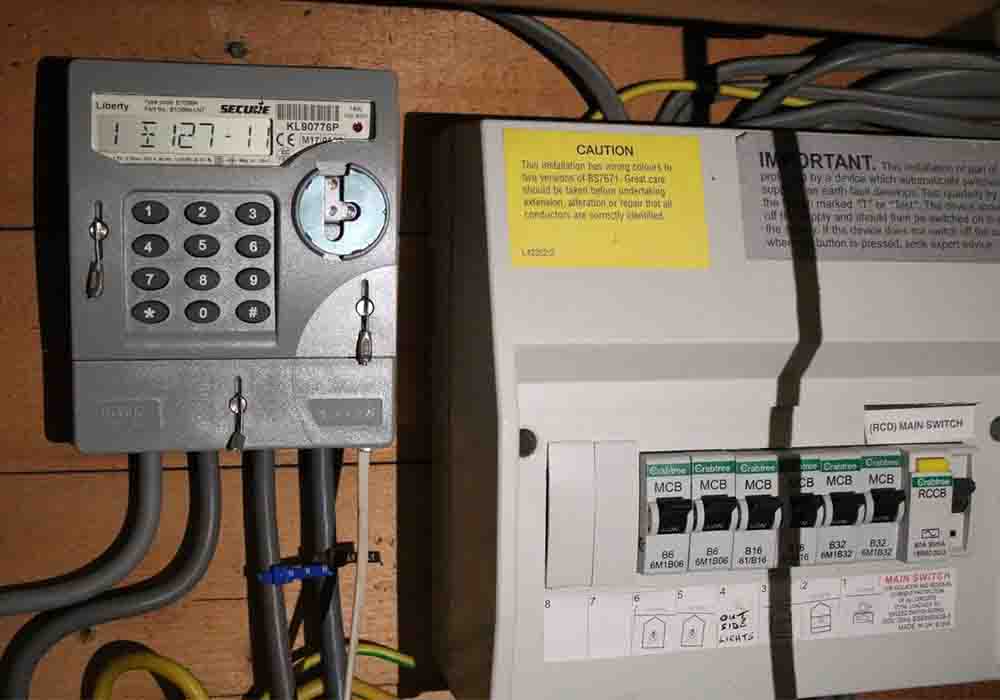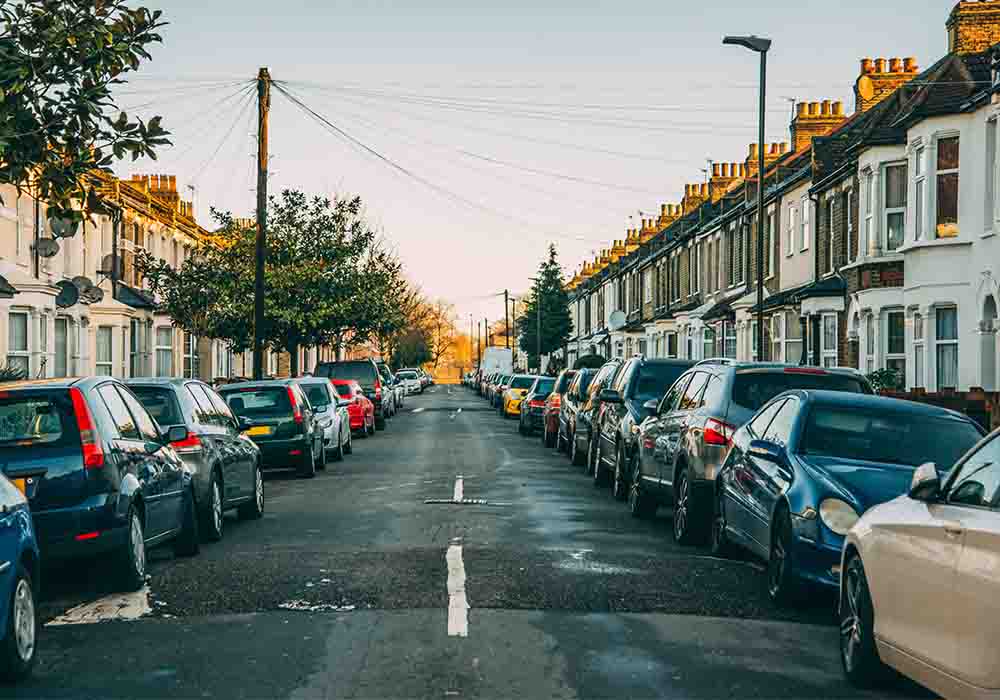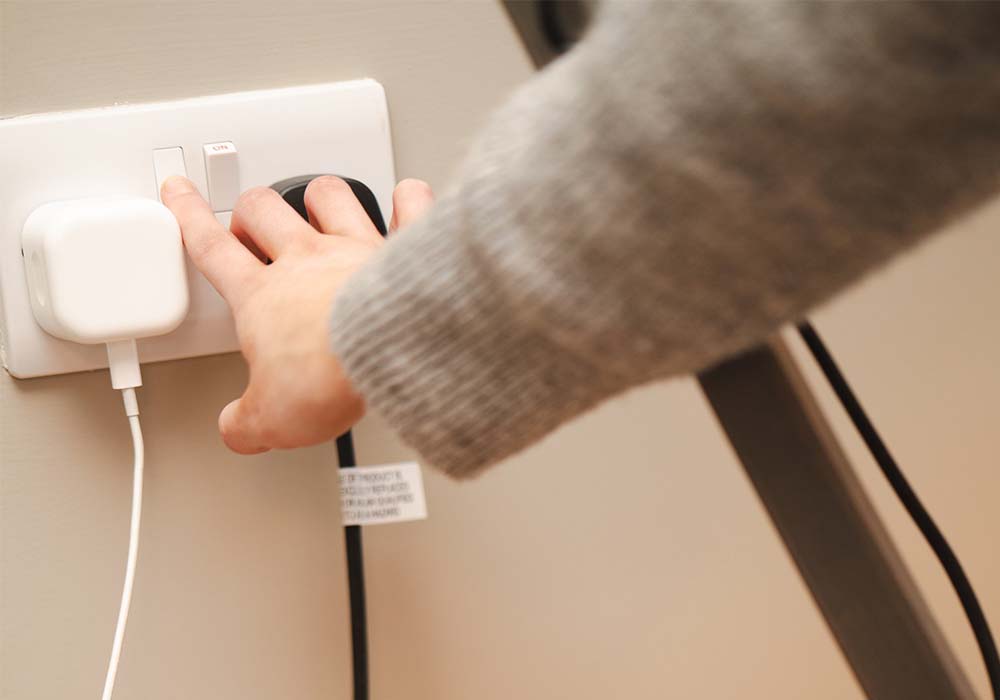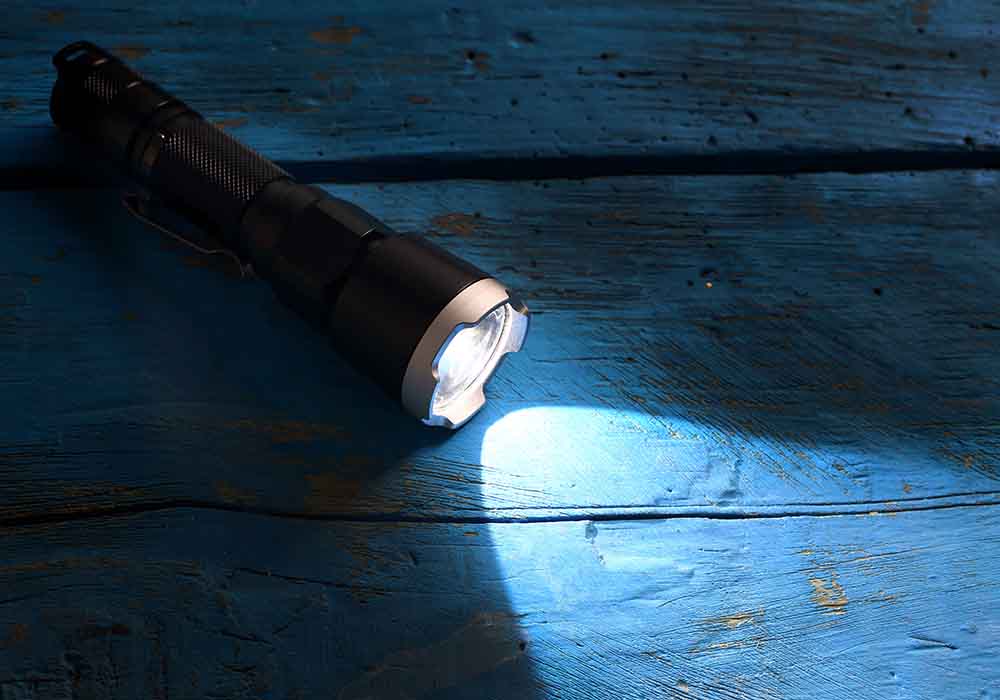Power outages can be inconvenient and alarming, but fortunately most power cuts don’t last very long. If you’re experiencing a power cut in Northern Ireland, follow these simple steps to stay safe and increase the chances of getting your power back as soon as possible.
Step 1. Check your fuse box and/or prepayment meter
If your electricity goes out, first check inside your home. Your fuse box may have tripped - especially if an appliance has caused a short circuit. Flip any downed switches back to the ‘on’ position and see if your power returns.
If you use pay as you go electricity, check that your meter has enough credit. If the screen is blank or flashing, top up and try again.

Step 2. Check online and with your neighbours
If your fuse box and meter look fine, check online for power outages in your area. Then check if nearby properties have also lost power, by looking out the window or calling over to your neighbour.
This helps confirm whether it’s a wider power cut or something specific to your home.

Step 3. Report the power cut
If others are affected and it looks like a local outage, report the power cut to NIE Networks. You can either:
- Call 03457 643 643 (available 24 hours a day, 7 days a week) or
- Report online at nienetworks.co.uk
They can confirm if there’s a known fault in your area and give you updates about when power might be restored.

Step 4. Turn off appliances
Switch off and unplug electrical items, especially cookers, irons, hair straighteners, and heaters. These could be dangerous if they restart unexpectedly when the power returns.
Unplug sensitive electronics like TVs, computers or microwaves to protect them from power surges. Also keep your fridge and freezer closed to preserve food.

Step 5. Leave on one light and use torches
If the power cut happens at night or as it’s getting dark outside, use torches or battery-powered lamps. They’re much safer than candles, which can cause fires, especially if you have pets or children in the home.
Also leave one light switched on, like a hallway lamp. This means you’ll know exactly when the power comes back on.

Step 6. Stay warm and safe
Power cuts can quickly make your home feel cold, especially in winter. Bring everyone into one room and close doors to conserve heat. Wrap up in layers, use blankets, and keep curtains closed to reduce heat loss.
If the power outage is lengthy, check in with neighbours or those who might need extra support.

How to prepare for a power cut
Although power cuts are usually resolved quickly, it's still worth being prepared during the winter or bad weather. The UK Government’s Prepare Campaign encourages households to plan ahead for possible disruptions to power, and many of its recommendations align with what we advise below.
Here are a few practical tips that will make things easier if the lights go out.
Keep torches and spare batteries in easy reach
Store battery-powered torches or lamps somewhere accessible in your home, there’s nothing more stressful than trying to find a torch in the dark! As a rule of thumb, have one torch or lamp for each person in your home and keep a supply of spare batteries alongside them.
Charge your devices and power banks
If there’s a storm forecast or power line work planned, plug in your devices early. A fully charged phone, smart watch or tablet means you can call for help or check updates online if the power goes off.
We also advise investing in a power bank, and keeping this fully charged in the event of a power cut.
Stocking up for a power cut?
From power banks to torches, Power NI customers can save on emergency kit and household tech with Power NI Perks - with discounts from lots of trusted highstreet retailers like Argos and B&Q.
Explore Power NI Perks
Make a simple emergency kit
Put together a simple kit with power cut essentials, and store this in one place so it’s easy to find in the dark. Your kit should include things like:
- A first aid kit
- Essential medication
- A list of important contact numbers
- Non-perishable food, snacks, and drinking water
- Blankets and warm clothing
- Flasks to store hot water
Protect the food in your fridge and freezer
Before a power cut, be prepared to move perishable food from your fridge to your freezer to help it last longer. You can also transfer ice to your fridge to maintain a low temperature for longer, simply freeze a couple of bottles of water or reusable ice packs in advance.
Plan ahead if you rely on electricity for health reasons
If someone in your home depends on electrically powered medical equipment, it’s important to plan ahead. Speak to your GP or healthcare provider about what to do during a power cut, and register with NIE Networks’ Medical Customer Care service for early notifications and extra support during planned outages.
You might also want to consider alternative power options like:
- A backup generator
- Uninterruptible power supply (UPS)
- Solar battery storage
Make the most of solar energy
The right solar panel and battery setup can provide backup power during a power cut. At Power NI, we can help you install a solar and battery system that supports your home’s energy independence.
Power cut FAQs
Still have some questions or concerns about a power cut in your area? Here are answers to some of the most common questions we get:
-
Can I get compensation for a power cut?
You might be able to claim compensation for a power cut if NIE Networks' service to you failed to meet any of its 11 guaranteed standards. There are some exceptions if the level of service fell below the guaranteed standards for reasons that were out of NIE Networks’ control. If you’re eligible for compensation for a power cut, you will get a payment of between £25 and £125 depending on the circumstances. -
How long do power cuts last?
Most power cuts last only a few minutes. How long you’re without power will depend on what has caused the outage and how long the repair or planned maintenance takes to complete. -
What happens if there is a nationwide planned emergency power cut?
If there’s a planned emergency power cut in Northern Ireland this will usually be because the demand on the electricity network is greater than the supply of electricity available. If this happens to the degree that the entire system is at risk, the System Operator Northern Ireland (SONI) will instruct NIE Networks to start load shedding — enforcing power cuts — until the system is balanced and there is enough electricity being generated to meet customer demand. -
What should I do after a power cut?
After a power cut, make sure that all hazardous appliances are switched off. If cookers, irons and other appliances were on when the power cut started they could create a safety risk when power returns. Remember to reset the clocks on any appliances that use timers. Depending on the cause of the power outage, you might also be able to claim compensation. -
What should I do if I see a damaged overhead electricity line?
If you see a damaged overhead electricity line in Northern Ireland, you should report this to NIE Networks, which is responsible for maintaining the electricity network. You can report an issue online or call NIE Networks on 03457 643 643. -
Why do power cuts happen?
Power cuts can happen due to severe weather conditions, such as strong winds and heavy snow, equipment failure, maintenance work, overloads and higher demand for electricity than is currently available in the network.


